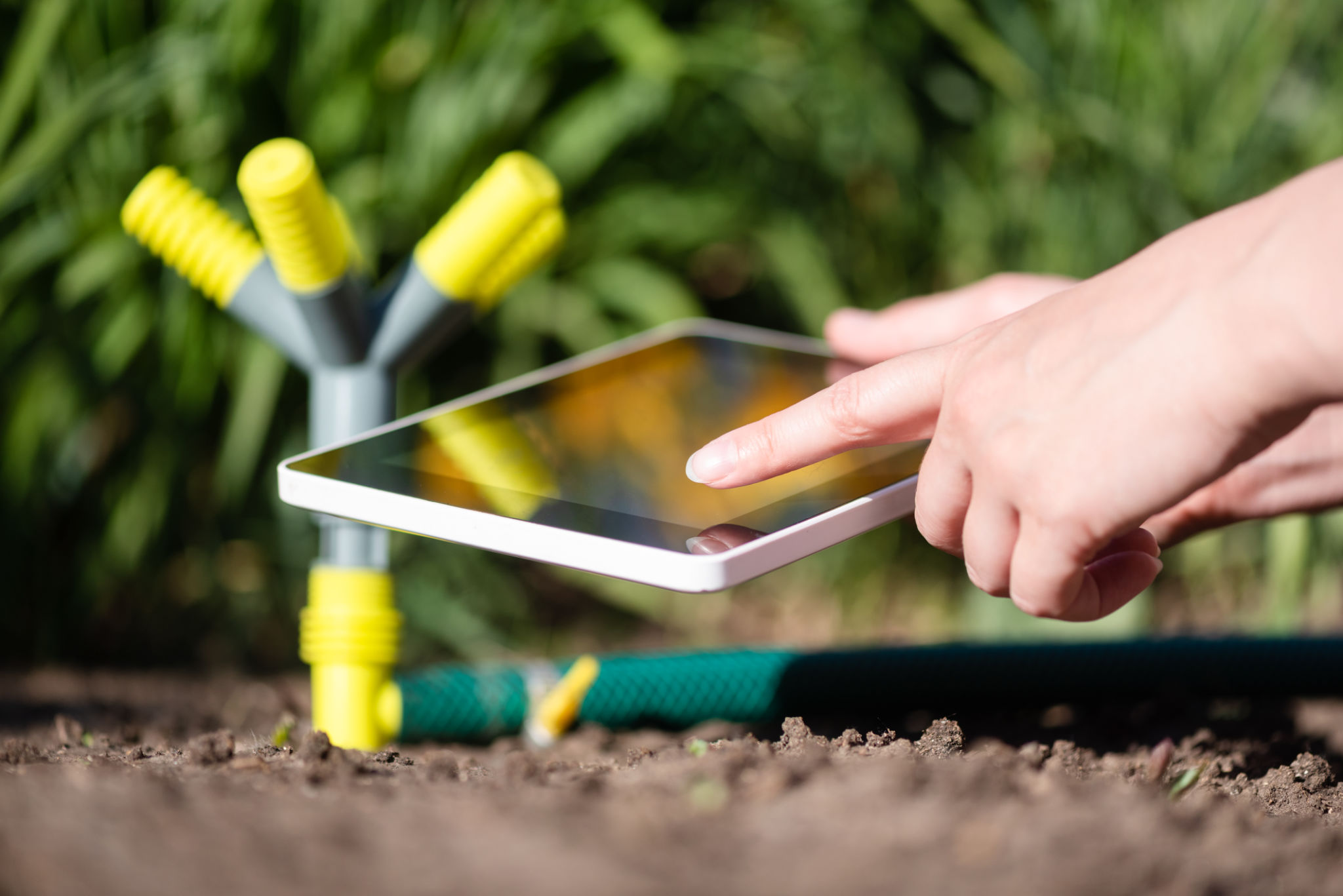Expert Advice: Avoiding Common Landscaping Mistakes
Understanding Your Landscape
Landscaping can transform the appearance and functionality of your outdoor space, but it is essential to approach it with careful planning and understanding. One common mistake is failing to consider the existing environmental conditions. Analyze factors such as sun exposure, soil type, and natural drainage patterns before starting your project. This will help ensure that your plants thrive and your design is sustainable.
Another frequent oversight is neglecting to define a clear purpose for your landscape. Are you aiming for a low-maintenance garden, a space for entertaining, or a wildlife-friendly environment? Establishing a purpose will guide your decisions and help you avoid unnecessary expenses.

Choosing the Right Plants
Selecting inappropriate plants is a common pitfall in landscaping. It's crucial to choose plants that are suited to your climate zone and soil conditions. Research native plants, as they are more likely to thrive with minimal intervention and support local biodiversity.
Additionally, consider the mature size of plants to avoid overcrowding and ensure they don't outgrow their space. This foresight can prevent costly removals or constant pruning down the line.

Creating a Balanced Design
A well-balanced design is essential for an aesthetically pleasing landscape. Avoid the mistake of overloading your space with too many elements, which can create visual chaos. Instead, focus on creating harmony by balancing hardscapes and softscapes, using a mix of textures, and maintaining a cohesive color palette.
Another design error is ignoring the principle of scale. Ensure that your landscape features, such as trees, shrubs, and garden ornaments, are proportionate to each other and the overall space.

Maintaining Your Landscape
One significant landscaping mistake is overlooking the ongoing maintenance requirements. Every plant and feature in your garden will need some level of care. Understand these needs before installation to ensure you can commit to them or have a plan for professional help.
Regularly inspect your landscape for issues such as pests, diseases, or drainage problems. Early detection can prevent minor issues from becoming major headaches.

Managing Water Wisely
Water management is a critical aspect of successful landscaping. Overwatering is a common mistake that can lead to root rot and increased water bills. Implement efficient irrigation systems and consider xeriscaping techniques to reduce water usage.
Conversely, neglecting water needs can be equally detrimental. Ensure that your plants receive adequate hydration, especially during dry spells or when they are newly planted.

Budgeting for Success
Landscaping projects can quickly become expensive if not properly budgeted. Avoid the mistake of underestimating costs by thoroughly planning each phase of your project and obtaining multiple quotes from contractors. Factor in not just the initial installation costs but also ongoing maintenance expenses.
Consider investing in quality materials that offer longevity, even if they are slightly more expensive upfront. This can save you money in replacements and repairs over time.
